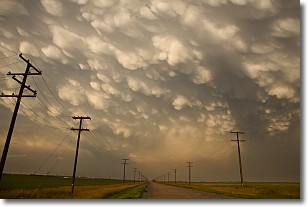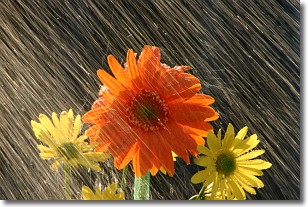Weather Alert in Maine
Air Quality Alert issued July 16 at 7:38PM EDT by NWS Caribou ME
AREAS AFFECTED: Northwest Aroostook; Northeast Aroostook; Northern Somerset; Northern Piscataquis; Northern Penobscot; Southeast Aroostook; Central Piscataquis; Central Penobscot; Southern Piscataquis; Northern Washington
DESCRIPTION: The Maine Department of Environmental Protection's Bureau of Air Quality has issued an Air Quality Alert for particle pollution until 11 PM EDT this evening. Particle pollution levels are expected to rise into the Unhealthy for Sensitive Groups range on Tuesday. Values are already in the USG range this morning. Smoke is currently expected to not move out of Maine until Thursday, though this denser portion of the plume should move out by Wednesday evening. In addition, particle pollution levels are expected to be moderate for the remainder of the state while ozone level are expected in the moderate range for the Maine coastal regions. The Maine Department of Environmental Protection recommends that individuals consider limiting strenuous outdoor physical activity to reduce the risk of adverse health effects. People who may be especially sensitive to the effects of elevated levels of pollutants include the very young, the elderly, those with pre-existing respiratory problems such as asthma, those with heart disease and anyone who is working hard outdoors. But if you experience symptoms such as shortness of breath, coughing, throat irritation or an uncomfortable sensation in your chest please consider limiting the intensity and duration of your outdoor activities. A toll free air quality hotline has been established so Maine residents can stay informed on the air quality situations. The toll free number is: 1-800-223-1196. Additionally the Maine Department of Environmental Protection has the air quality forecast available on the web at www.maine.gov/dep/air/aqforecast.
INSTRUCTION: N/A
Want more detail? Get the Complete 7 Day and Night Detailed Forecast!
Current U.S. National Radar--Current
The Current National Weather Radar is shown below with a UTC Time (subtract 5 hours from UTC to get Eastern Time).

National Weather Forecast--Current
The Current National Weather Forecast and National Weather Map are shown below.

National Weather Forecast for Tomorrow
Tomorrow National Weather Forecast and Tomorrow National Weather Map are show below.

North America Water Vapor (Moisture)
This map shows recent moisture content over North America. Bright and colored areas show high moisture (ie, clouds); brown indicates very little moisture present; black indicates no moisture.

Weather Topic: What are Mammatus Clouds?
Home - Education - Cloud Types - Mammatus Clouds
 Next Topic: Nimbostratus Clouds
Next Topic: Nimbostratus Clouds
A mammatus cloud is a cloud with a unique feature which resembles
a web of pouches hanging along the base of the cloud.
In the United States, mammatus clouds tend to form in the warmer months, commonly
in the Midwest and eastern regions.
While they usually form at the bottom of a cumulonimbis cloud, they can also form
under altostratus, altocumulus, stratocumulus, and cirrus clouds. Mammatus clouds
warn that severe weather is close.
Next Topic: Nimbostratus Clouds
Weather Topic: What is Precipitation?
Home - Education - Precipitation - Precipitation
 Next Topic: Rain
Next Topic: Rain
Precipitation can refer to many different forms of water that
may fall from clouds. Precipitation occurs after a cloud has become saturated to
the point where its water particles are more dense than the air below the cloud.
In most cases, precipitation will reach the ground, but it is not uncommon for
precipitation to evaporate before it reaches the earth's surface.
When precipitation evaporates before it contacts the ground it is called Virga.
Graupel, hail, sleet, rain, drizzle, and snow are forms of precipitation, but fog
and mist are not considered precipitation because the water vapor which
constitutes them isn't dense enough to fall to the ground.
Next Topic: Rain
Current conditions powered by WeatherAPI.com




